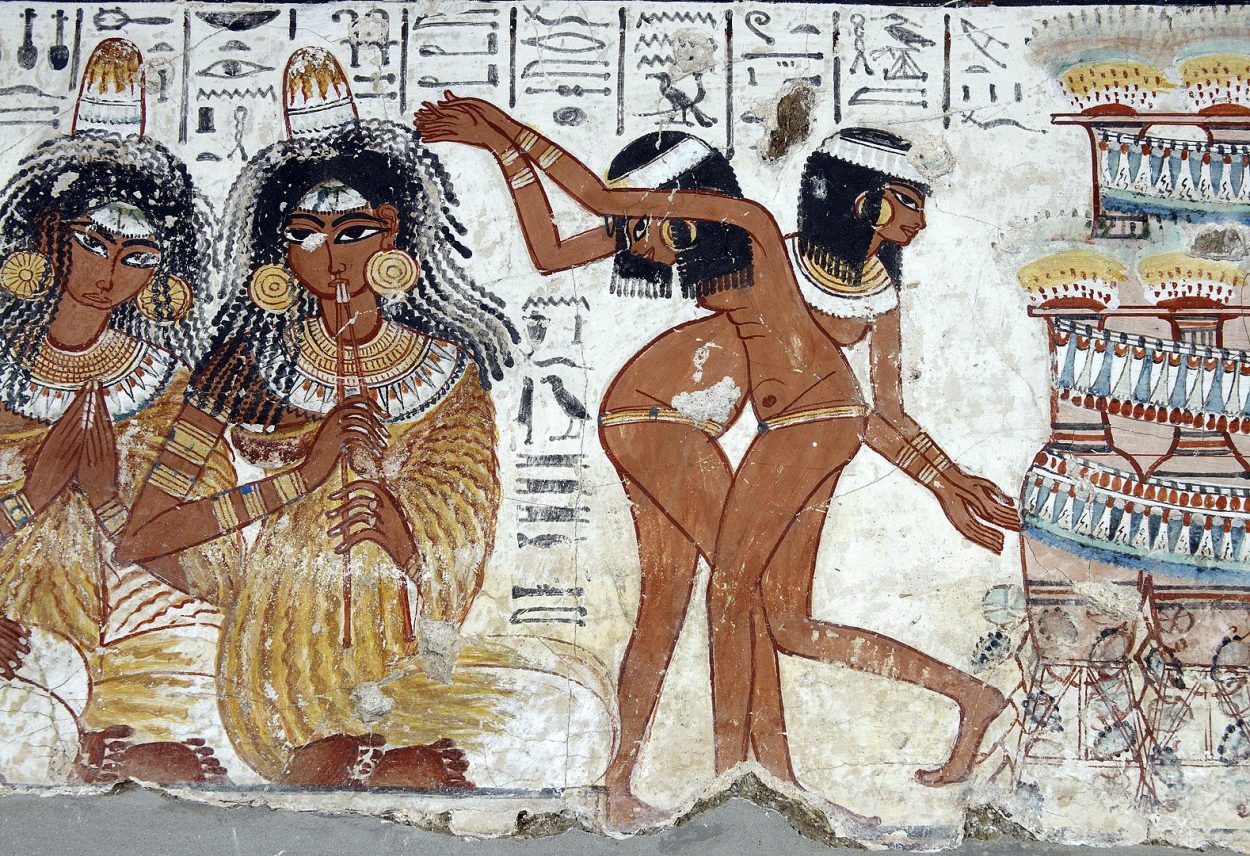A new study published in the Journal Scientific Reports has revealed that the recipe for Kohl was more diverse than previously thought.
Kohl, a dark eye cosmetic has been worn traditionally since the Protodynastic Period of Egypt by Egyptian queens and noble women. Kolh was not only applied for aesthetic reasons, but also for hygienic, therapeutic, and religious functions.
It is also widely used in the Middle East and North Africa, South Asia, West Africa, and the Horn of Africa as eyeliner to contour and/or darken the eyelids and as mascara for the eyelashes. The contents of kohl and various ways to prepare it differ based on tradition and country.
Researchers analysed the contents of 11 kohl containers from the Petrie Museum in London, covering a broad range of locations and periods from Ancient Egypt.
The samples were screened using Fourier Transform Infrared Spectroscopy (FTIR), followed by Electron Microscopy/Energy Dispersive X-Ray Spectroscopy (SEM/EDS), Powder X-Ray Diffractometry (PXRD) and Gas Chromatography/Mass Spectrometry (GC/MS). This allowed the team to characterise the inorganic and organic component materials and formulate the recipes used to produce Kohls.
The resulting data reveals that kohls were heterogeneous mixtures divided into three main groups based on the results of the FTIR analyses: (1) inorganic dominant, (2) mixed organic and inorganic, and (3) unknowns.
From an inorganic perspective, chemical analyses in the last few decades have identified a predominance of galena and other lead-based compounds in black kohls. The new study identified eight minerals previously not found in ancient kohl: biotite, paralaurionite, lizardite, talc, hematite, natroxalate, whewellite and glushinskite, in addition to silicon-based, manganese-based and carbon-based lead specimens.
The study also represents the first systematic study of organic components in kohls. It yielded six specimens that likely consist predominantly of organic materials such as plant oils and animal-derived fat. Taxonomically distinctive ingredients identified included Pinaceae resin and beeswax. All these findings point towards more varied recipes than initially thought and significantly shift our understanding of Ancient Egyptian kohls.
https://doi.org/10.1038/s41598-022-08669-0
Header Image – Ancient Egyptian women wearing kohl, from a tomb mural in Thebes – Image Credit : Public Domain





